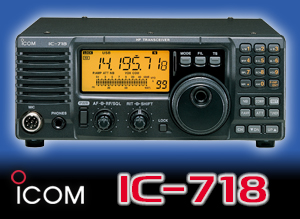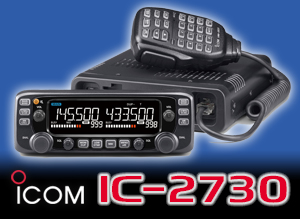Propagation News – 13 July 2025
Last week was characterised by settled geomagnetic conditions, but a relatively low solar flux index.
The Kp index hit 5.33 on the 6 and 7 July but was otherwise around 1 or 2 for the rest of the week. These settled conditions were helpful to HF propagation, although the maximum usable frequency over a 3,000km path didn’t really get much above 21MHz.
This is likely to be due to the HF summer doldrums, and we are unlikely to see it rise much more until September, once the F2 layer has switched to autumnal propagation conditions.
Meanwhile, the solar flux index remained steadfastly in the range of 115 to 120. This is enough to provide fair propagation, but not enough to set new DX records!
But there was DX to be worked, including T30TT in western Kiribati, on the 20 and 15m bands using the FT8 Fox and Hounds mode. Also, ZD7FT was operating on St Helena Island on the 17m band using SSB and C94RRC was active on the 10m band from Mozambique using FT8.
Laurie, G3UML on the CDXC Slack group, commented that there was a lot of DX around including FP/KV1J on the 17m band using SSB on Miquelon island. Additionally, TY5AD was on the 17m band using CW from Benin. And FY4JI was on the 17m band using SSB from French Guiana.
Now the bad news. A very large solar coronal hole will begin to face Earth this weekend. A solar wind stream flowing from this zone is expected to reach Earth with the main influence occurring today, the 13 July, and tomorrow, the 14 July.
If the Bz of the plasma cloud points south we can expect disturbed geomagnetic conditions and a reduction in the maximum usable frequency, or MUF for short.
NOAA predicts unsettled conditions, with a Kp index of 4 between the 15 and 16 July. The solar flux index is expected to be in the range of 105 to 125 for the next week.
VHF and up
The hot weather continues to set the agenda in the short term. Something to note is that for VHF and UHF Tropo ducting, the ideal is for warm dry air to sit on top of cool moist air.
These conditions are commonplace over the nearby seas as hot dry air moves out across the coast to overlay the cool, moist air near the sea’s surface. Think of the North Sea, English Channel, Irish Sea and Biscay as being very good Tropo paths in high summer. But the award goes to the Mediterranean where very strong ducting conditions are pretty much a given if you happen to be sitting on an exotic holiday beach.
Back at home… if you live inland, then you will be out of luck during the heat of the day since there is no cool, moist surface air. But in the evening, as the ground cools and perhaps cool sea air moves inland, you could find yourself coupled into the Tropo conditions that those on the coast have been enjoying all day.
In other words, for most of the country, Tropo will be better overnight and early morning.
The other modes are worth checking of course, especially Sporadic-E which is continuing to give some paths on most days, at least for digital modes, but also for those using SSB or CW.
Most days there will be some direction available from the UK on the 10m band, and perhaps on the 6m band, with many online clusters to show you where the current paths are located.
We really must get used to the idea that Sporadic-E can be very localised, and you will only know about it if someone calls CQ. If you do that, you may be surprised by how good conditions have been all along!
Disturbed solar conditions should keep aurora as a possibility. Meteor scatter is often worth checking, with two showers peaking later in the month. The middle part of the coming week looks like turning more unsettled for a time, so rain scatter is also an option for the GHz bands.
Moon declination is increasing again reaching maximum on Tuesday and path losses are falling. So, it’s time to put the feeder back into the dish. 144MHz sky noise is moderate to start the week but decreasing to low after the weekend.
Category: GB2RS Propagation News











